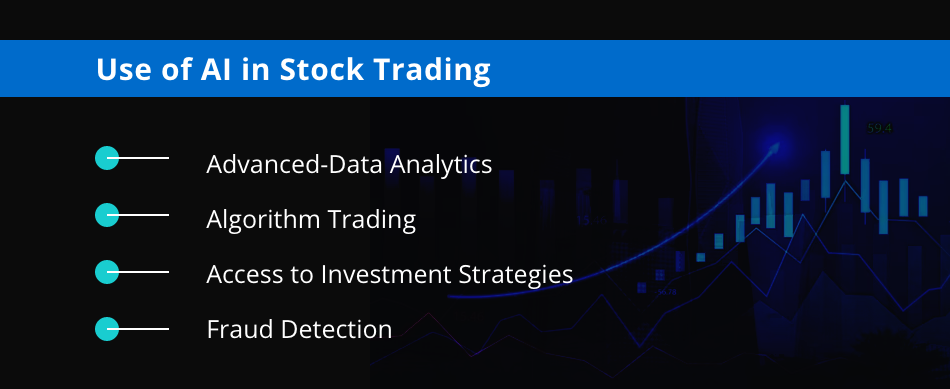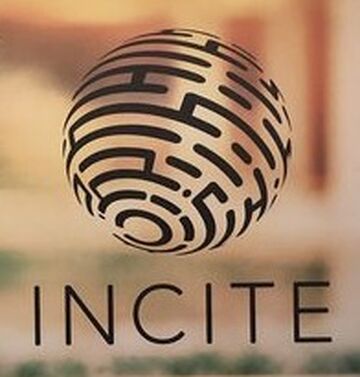20 Free Reasons For Deciding On AI Stock Analysis Sites
20 Free Reasons For Deciding On AI Stock Analysis Sites
Blog Article
Top 10 Tips On How To Evaluate The Strategy Customization Of Ai Trading Platforms
AI software for predicting or analyzing stocks offers a number of customization options that let users customize their platform to suit their individual trading goals as well as their risk tolerance and market conditions. Platforms with powerful customization features will increase the efficiency of your trading. Here are the 10 best tips for evaluating the customization options available on these platforms.
1. Evaluate Pre-Built Strategy Templates
A Variety of Templates: Check whether the platform you are using provides templates that are pre-built for various trading styles (e.g. Day Trading and Swing Trading, as well as Long-Term Investing).
You can easily modify the templates to adapt them to your specific requirements.
Performance history: Find out whether the platform has historical performance data on strategies that have been pre-built.
2. Review Customized Strategy Creation
Drag-and-drop tools: Choose platforms with drag-and-drop interfaces which permit you to quickly create customized strategies.
Coding options: Find out whether the platform allows customized programming (e.g., Python, R, or proprietary scripting languages) for advanced users.
Flexibility: You must be able to establish the entry/exit criteria, risk management parameters and other components that are key to your plan.
3. Check for Backtesting Capabilities
Historical data: Check whether your platform provides enough historical data to test strategies for backtesting.
A parameter that can be customized: Ensure that you are able to alter parameters when back-testing (e.g. indicators and timeframes).
Performance metrics: Ensure that the platform offers detailed measures of performance (e.g. Win rate, Sharpe Ratio, Drawdown) when testing strategies.
4. Evaluate Real-Time Strategy Testing
Paper trading Try out strategies in real-time using simulation or paper trading.
Live testing: Find out if you are able to test your strategies in real-world markets with only a small amount of capital.
Real-time adjustments - Determine whether you're able to modify your strategies at a moment's notice according to the market conditions.
5. Evaluate the integration using technical indicators
Find out if there's an indicator library.
Custom indicators It is possible to develop or import your own indicators which you can utilize in your strategies.
Check that the platform permits you to combine several indicators to create complex strategies.
6. Check for Risk Management Tools
Stop-loss/take-profit: Ensure the platform allows you to set stop-loss and take-profit levels within your strategies.
Size of your position - Check for any rules you can use (e.g. a fixed amount or a percentage of your portfolio) to control risk.
Risk-reward rate: Determine if the platform permits setting risk-reward rates specific to strategies or for individual trades.
7. Evaluate Multi-Asset Strategy Support
Asset Classes: Check that the platform can support strategies for a variety of asset classes (e.g. ETFs Forex, Options and Stocks).
Strategies for cross-assets : You can make strategies that involve different asset classes (e.g. pair trading or hedges).
Market coverage: Make sure the platform you're interested in is covered by the markets that are of interest to you (e.g. US or international, copyright).
8. Assess the automation and Execution
Automated Trading: Verify whether the platform is able to implement strategies in a way that is automated using pre-defined rules.
Order types - Make sure the platform supports a variety of order types to execute strategies (e.g. stop, limit or market).
Latency - Verify the platform's ability to execute trades on time particularly when you are employing high-frequency strategies.
9. Review the Strategies Optimization Tools
Optimization of parameters: Make sure the platform has tools for optimizing strategy parameters (e.g. grid search and genetic algorithms).
Machine learning: Ensure that the platform has machine learning to help refine and optimise strategies.
Scenario analysis: Make sure that the platform can test strategies in different market conditions (e.g. volatile bull, volatile, or bear).
Review User Support for Community Reviews and Feedback
User feedback Conduct research on users to assess the effectiveness of the platform in customizing strategies.
Community forums: Check if you can find forums where users can discuss and share custom strategies.
Support resources: Ensure that the platform provides tutorials, webinars, or documents to assist users design and implement strategies.
Bonus Tips
Trial period for free: You are able to test out the customization options of the platform by using an online demo or a trial period for free.
Scalability: Your platform should be able to support increasingly complex trading strategies as they evolve.
Customer support: Find out if you can get help for questions related to strategy or issues.
By following these tips you can assess the capability of an AI software to predict and analyze stocks on a trading platform in order to modify strategy. This will enable you to choose a platform that matches your goals in trading and allows you a way to implement and refine strategies. A platform that provides an array of customizable options will let you better adapt to market changes and improve trading performance. Read the top rated chart ai trading assistant for more tips including ai chart analysis, ai chart analysis, best ai trading software, ai trade, ai for investing, ai for stock predictions, ai trading, stock ai, AI stock picker, incite and more.
Top 10 Tips For Evaluating The Social And Community Features In Ai Platform For Predicting And Analyzing Stocks
It is essential to comprehend how users interact, share knowledge and gain insights from each other through analyzing the community and social features of AI-driven prediction platforms and trading platforms. These features can help improve the user experience as well in providing support. Here are 10 suggestions for assessing the community and social aspects of such platforms.
1. Active User Community
TIP: Find platforms that have users who regularly engages in discussion and offers insights and feedback.
Why: A community that is active indicates a vibrant environment that allows users to develop and learn from one another.
2. Discussion Forums and Boards
TIP: Assess the quality and amount of activity on message boards or forums.
Forums are a fantastic way for users to share ideas, discuss trends, and ask questions.
3. Social Media Integration
TIP: Check if the platform you are using allows you to share insights and updates on social media channels, such as Twitter or LinkedIn.
The reason: Social media can be utilized to increase engagement and provide current market information in real time.
4. User-Generated Content
Look for features such as the ability to write and publish content.
What's the reason? User-generated content fosters a collaborative environment, and provide diverse perspectives.
5. Expert Contributions
Tips - Make sure the platform includes contributions from experts in the industry, such as market analysts and AI experts.
The reason: Expert opinions add authenticity and depth to community discussions.
6. Chat in real time and messaging
Tip: Check whether users can communicate with one another instantly using real-time messaging or chat.
Reason: Real-time communication allows rapid information exchange and collaboration.
7. Community Moderation and Support
Tips - Check the level of levels of support and moderation within your local community.
The reason: Moderation is essential for maintaining a positive, peaceful and respectful environment. Helping users solve their issues as swiftly as they can.
8. Webinars and events
Tips - Find out whether the platform allows live Q&A sessions with experts, webinars and other events.
The reason: These conferences offer an opportunity for industry professionals to meet with other participants and gain knowledge from them.
9. User Reviews and Feedback
TIP: Find options that let users write reviews or feedback about the platform and its community features.
The reason: Feedback from users can help determine strengths and areas for improvement in the community ecosystem.
10. Gamification and Rewards
Tips: Determine if the platform incorporates gamification elements (e.g. badges, leaderboards) or incentives for participation.
Gamification is a way to encourage community members to get involved.
Bonus Tip: Privacy and Security
Make sure that security and privacy features that are used for social and community functions are strong enough to guard information and user interaction.
These aspects will help you determine if a trading platform or AI stock prediction can provide a friendly and supportive community to help improve your trading knowledge and experience. See the top best stock prediction website blog for site advice including AI stock investing, ai software stocks, stocks ai, best AI stocks, ai software stocks, AI stock trader, can ai predict stock market, stock trading ai, AI stock trader, how to use ai for copyright trading and more.